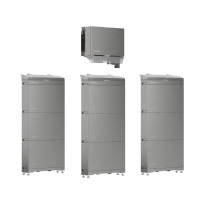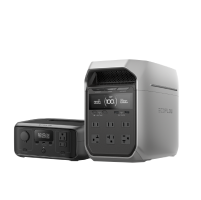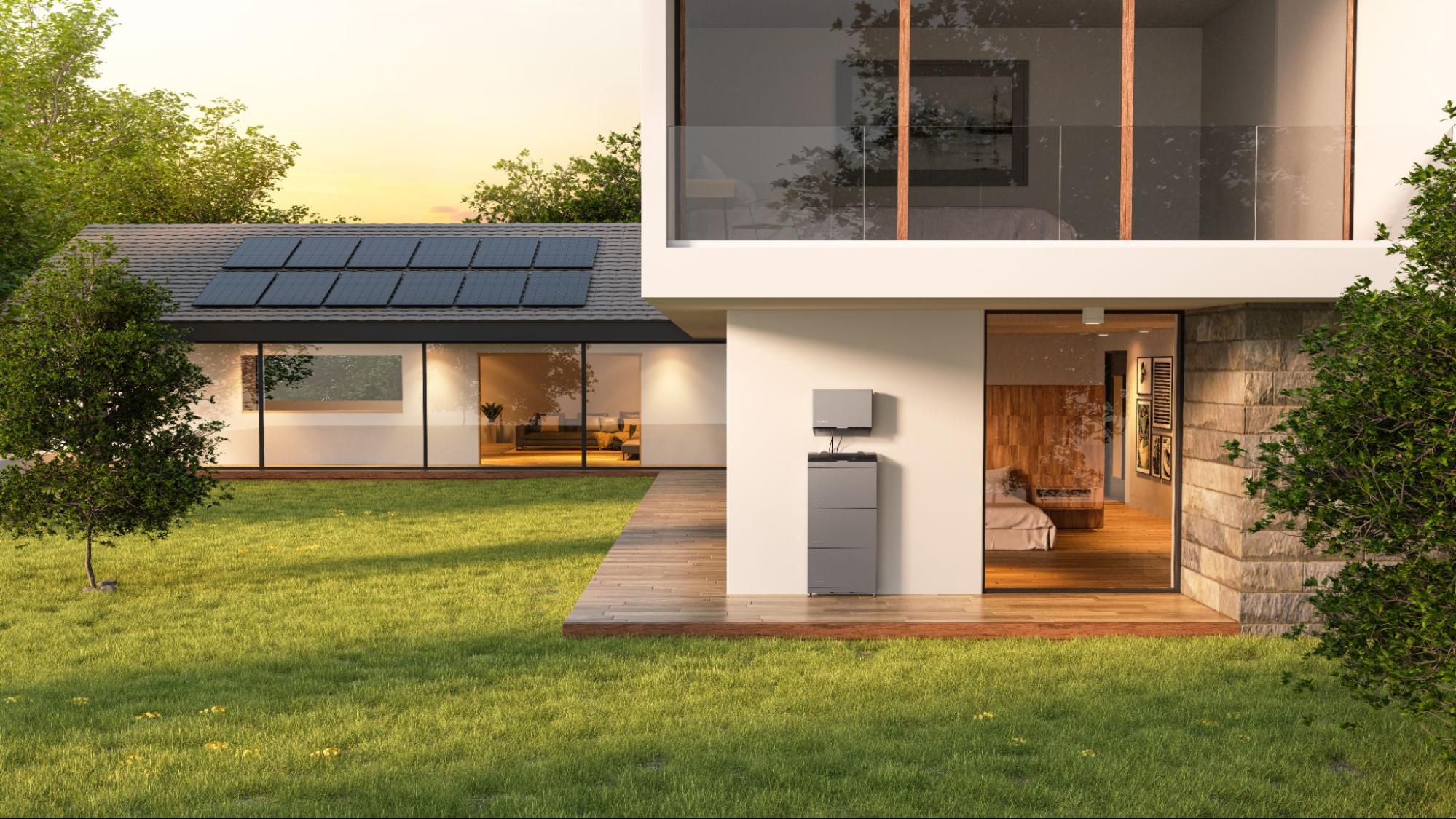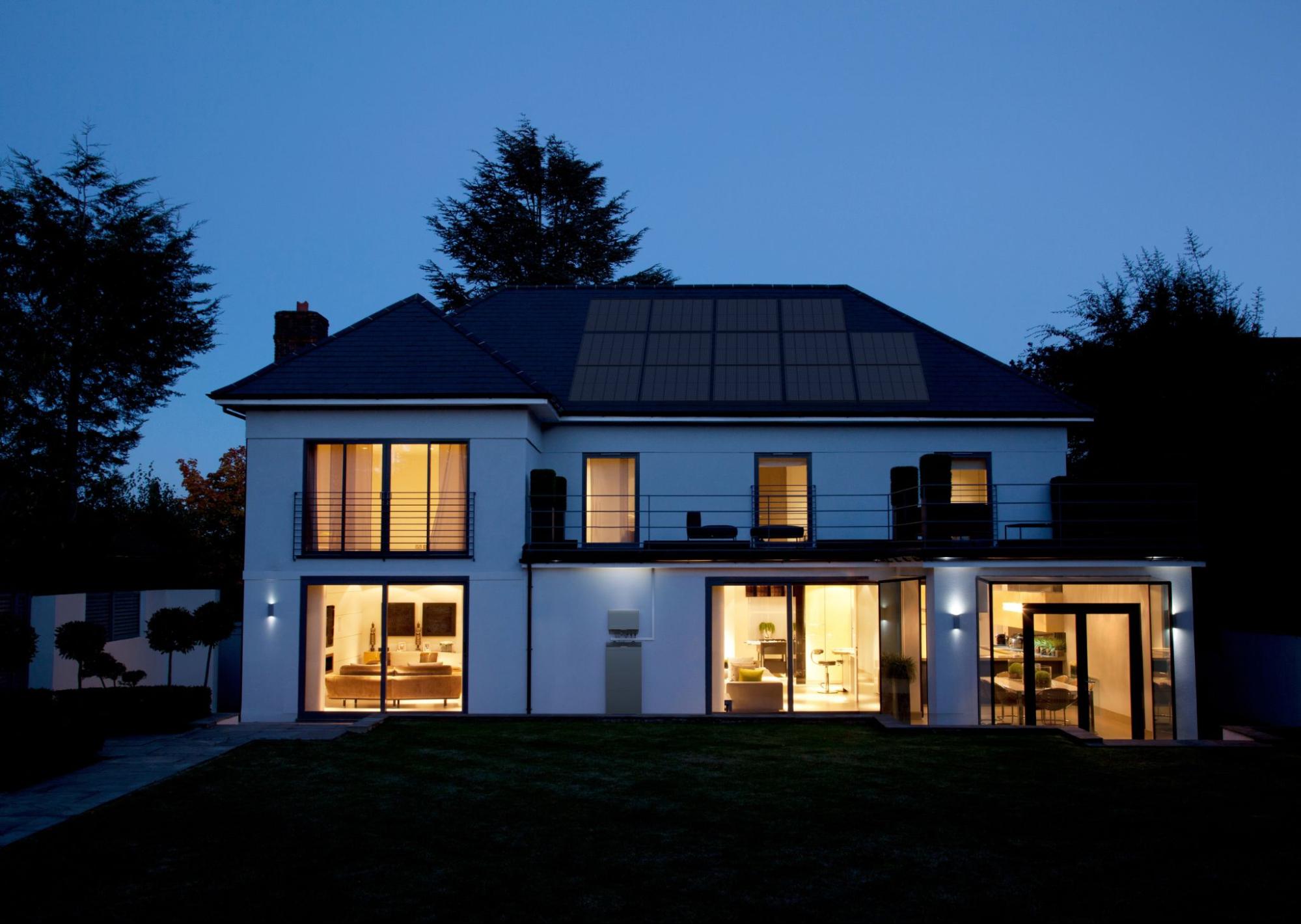How Do Fixed Energy Tariffs Work and How Does It Apply to Your Solar Storage System?
Fixed energy tariffs are specific energy rates per kilowatt-hour (kWh) during a contract period, which makes it easy for homeowners with solar storage systems to track potential financial savings. But overall, how beneficial are these when compared to dynamic tariffs offered by energy suppliers like Octopus Energy?
What Is a Fixed Energy Tariff?
Under a fixed energy tariff, these two components are locked for a period of either 12 or 24 months:
Unit rate: The price per kWh for imported electricity.
Standing charge: The daily fee for grid connection and metering.
During this lock-in period, your rates will not change, even during market fluctuations. This type of tariff specifically helps most homeowners predict their energy bills based on how much energy they use for one billing period.
Fixed vs. Variable vs. Time-of-Use Tariffs
Your chosen tariff structure affects your energy savings. In the table below, you can see how fixed energy tariffs compare with other tariff types.
| Tariff Type | How It Works | Pros | Cons |
|---|---|---|---|
| Fixed | Unit rate locked for contract term | Unit rate locked for contract term Budget certainty, shields from short-term price spikes | No benefit if wholesale prices fall; exit fees may apply |
| Variable | Follows market/price cap changes | Flexibility to switch anytime | Bills rise with energy prices |
| Time-of-Use (ToU) | Different rates for day/night or by hour | Encourages off-peak use; suits smart homes/batteries | Requires smart meter & automation |
While fixed energy tariffs offer unmatched stability and protection against price hikes, regulators across the European Union (EU) encourage consumers to shift towards flexible and dynamic pricing. The UK’s energy regulator Ofgem notably imposes an energy price cap only on variable or default tariffs.
What Happens When You Have Solar Panels and Storage?
With solar panels and home energy storage, you can either save through self-consumption, earn by exporting surplus energy, or benefit from both.
1. Fixed Tariff + Solar = Energy Avoidance Savings
By generating and consuming your own electricity through a solar energy system, you avoid paying for imported energy—a huge financial advantage even under a fixed unit rate. For example, if your fixed tariff is at 28p/kWh and you self-consume 3,000 kWh/year, that amounts to an “avoided cost” of £840 annually.
Solar panels alone can achieve this, but the amount soars with a battery like EcoFlow PowerOcean that allows consumption of self-generated energy even at night.
2. The Role of Export Payments (SEG)
Under the UK’s Smart Export Guarantee (SEG), energy suppliers are required to pay for exported solar electricity—providing an additional source of income for eligible homeowners. The export rate varies for every supplier (e.g. Octopus Energy, EDF, E.ON) and is separate from your import rate, so you can choose between these two rate combination:
Fixed import rate + variable export rate (the most common)
Variable import rate + fixed export rate
To qualify, ensure you have a smart export meter for accurate export tracking which is a key requirement under SEG.
How Fixed Energy Tariffs Affect Solar Storage Strategy
Fixed energy tariffs are beneficial for solar storage systems, however, other tariff structures may be better in certain situations.
When Fixed Tariffs Are Beneficial
Homeowners who prioritize budget certainty over market fluctuations benefit the most from fixed energy tariffs.
The predictable unit rate ensures consistent savings from self-consumption, and makes it easier to estimate the return of investment (ROI) of a solar battery by knowing the price for each kWh your battery allows you to use for your own consumption. Opt for this tariff structure if you have high solar output and/or stable consumption patterns.
When Variable or Time-of-Use (ToU) Tariffs May Be Better
Want to maximize cheap energy prices? Consider variable or ToU tariffs instead.
Under ToU tariffs, EcoFlow’s solar energy storage solutions can capitalize on off-peak prices by charging at night (e.g. 7p/kWh) and discharging and even exporting to the grid during peak hours (35p/kWh). This is battery arbitrage, or the act of buying low and selling high.
But expect fully dynamic pricing in the future, which is being pioneered in the UK by Octopus Energy and Tibber. Under this system, the cost of electricity changes in real-time, often every half hour, directly reflecting the live wholesale market prices.
The Fine Print: What to Check Before You Fix
To make the most of your entire contract duration and minimize drawbacks, review the following:
Exit fees: Fixed deals often charge around £75 to £150 per fuel—electricity and gas—for premature contract termination.
Standing charges: You will continuously be charged for these daily fees, even if your solar panels and energy storage cut your import volume.
Smart meter compatibility: This ensures that you get paid under the SEG accurately. Having a compatible smart meter also affords you access to ToU and dynamic tariffs.
Export contract terms: SEG payments usually continue even if you switch import tariffs as they are treated as different contracts. Confirm that your export provider allows this.
Metering setup: For accurate net billing, your metering setup must record import and export separately.
Battery system integration: Verify that your inverter and battery system, like those from EcoFlow, are configured for accurate energy flow tracking and SEG compliance.
What kind of product or solution are you interested in?


Octopus Energy Fixed Tariffs and Other Examples
Below are some tariff options from Octopus Energy, all compatible with energy storage like EcoFlow’s.
Octopus Fixed Tariffs: Fixed unit rates and standing charges for 12 to 24 months, with optional SEG export payments.
Flexible Octopus: Variable unit rates where Ofgem’s price cap applies.
Octopus Agile: Dynamic half-hourly pricing based on wholesale market rates ideal for homeowners with solar energy systems like EcoFlow systems.
Other energy suppliers such as British Gas, EDF, E.ON, and Shell also offer similar fixed deals. The decision on who to go for will then rely on each supplier’s export compatibility and integration with smart home energy systems.
How to Calculate Your Real Savings with a Fixed Tariff
Knowing the factors that influence your actual savings under fixed energy tariffs can help manage expectations and help you make well-informed decisions.
| Factor | Example | Impact |
|---|---|---|
| Fixed import rate | 28p/kWh | Avoid when using self-generated energy |
| Annual solar production | 4,500 kWh | ~60–70% self-use with battery |
| SEG export rate | 15p/kWh | Paid for excess exports |
| Battery capacity | 10 kWh | Increases self-consumption to ~80% |
| Standing charge | 60p/day (~£219/year) | Still applies regardless of solar generation |
In general, homeowners with solar panels and a battery storage achieve financial savings under a fixed tariff by avoiding imported energy costs, and earning income from exporting surplus energy. But keep in mind that fixed daily charges still apply for connecting to the grid, as these are used to support infrastructure maintenance.

Practical Tips Before Choosing a Tariff: Should I Fix My Energy Tariff?
Before signing a fixed-deal contract, consider the following to see if this fixed structure is really the best fit for you:
Check your usage pattern: Have a high self-consumption rate? Go for fixed tariffs. If energy use is low or variable, ToU tariffs may be more cost-effective.
Consider the future: If you have any plans of retrofitting your home with an EV charger, heat pumps, or larger batteries, smart tariffs are best in future-proofing setups.
Monitor wholesale trends: Wait until market prices are low before officializing a fixed-tariff contract to avoid being locked in with elevated unit rates.
Use a comparison tool: Low unit rates do not automatically translate to low annual costs. Compare each tariff structure’s total annual cost by considering kWh, unit rate, and standing charge.
Read export contract small print: Identify your choice of tariff’s SEG export rates to manage expectations.
FAQ
What is a good energy tariff in the UK?
While fixed energy tariffs provide price stability, they aren’t always the best option. Know the available tariff structures, particularly their total annual cost, which includes the unit rate and standard charge, to determine what suits your household best.
Should I switch to a fixed tariff?
If you value budget certainty and protection from volatile prices, going for a fixed tariff is a smart choice. However, avoid signing a fixed-deal contract when market prices are elevated to avoid having a costly fixed unit rate.
What happens when my fixed tariff ends?
Your energy supplier will offer you new deals prior to the end of your contract. But if you miss this part of the negotiation, you'll be automatically rolled onto their standard variable tariff, which is subject to the Ofgem price cap.



